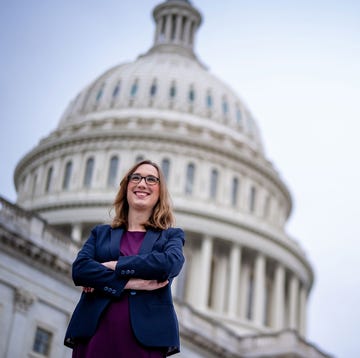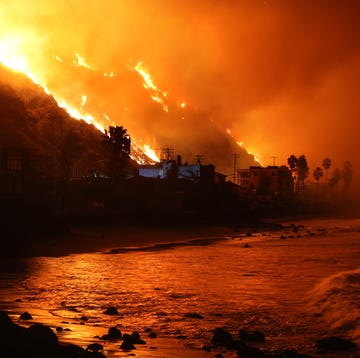Pope Francis, the 266th pope of the Roman Catholic Church, passed away today, the Vatican announced. He was 88 years old.
“Dear brothers and sisters, it is with profound sadness I must announce the death of our Holy Father Francis,” Cardinal Kevin Farrell announced. “At 7:35 this morning the Bishop of Rome, Francis, returned to the house of the Father.”
The pope was hospitalized on Friday, February 14 with a respiratory tract infection that evolved into pneumonia. By Saturday, February 22, the Vatican said he was in critical condition, and provided twice-daily updates on the Pope’s health. By March 4, he had stabilized, but was “not out of danger,” per the Vatican, but was discharged on March 23. On Easter yesterday, he had a prolonged public appearance, offering the “Urbi et Orbi” blessing to the “City [of Rome] and to the World.”
Pope Francis was born Jorge Mario Bergoglio in Buenos Aires, Argentina. He joined the Jesuits as a novice in 1958, and was ordained a priest in the Catholic church in 1969. Later, he became the archbishop of Buenos Aires, and in 2001, Pope John Paul II created him a cardinal. He was elected pope in 2013 on the fifth ballot of the conclave, following the shocking resignation of Pope Benedict XVI.
Francis made history as pope in multiple ways, becoming the first pope from the Jesuit Order, the first from the Americas, the first from the Southern Hemisphere, and the first born outside Europe since Pope Gregory III (who was born in Syria and was pope from 731 to 741).
He chose the name Francis in honor of St. Francis of Assisi. St. Francis, he said, who was “the man of the poor. The man of peace. The man who loved and cared for creation and in this moment we don’t have such a great relationship with the creator. The man who gives us this spirit of peace, the poor man who wanted a poor church.” His official papal name was not Francis I, and will only change to Francis I if there is a future Francis II.
His death begins the official nine days of mourning, called the Novendiale, and the Vatican will function in a period called sede vacante (“the seat is vacant”) during which rule of the church is the responsibility of the College of Cardinals.
Pope Francis will lie in state in St. Peter’s Basilica, and his funeral will likely be held in St. Peter’s Square in four to six days. The funeral will be led by the dean of the College of Cardinals, a position currently held by Cardinal Giovanni Battista Re of Italy.
After, he will be laid to rest at Santa Maria Maggiore (St. Mary Major) basilica in Rome. Most popes are laid to rest in St. Peter’s Basilica, but Francis’s choice of Santa Maria Maggiore “reflects his veneration of an icon of the Virgin Mary that is located there, the Salus populi Romani (Salvation of the people of Rome),” per the Associated Press.
Two weeks after Pope Francis’s funeral, the College of Cardinals will hold a conclave at the Sistine Chapel to elect a new pope.
















